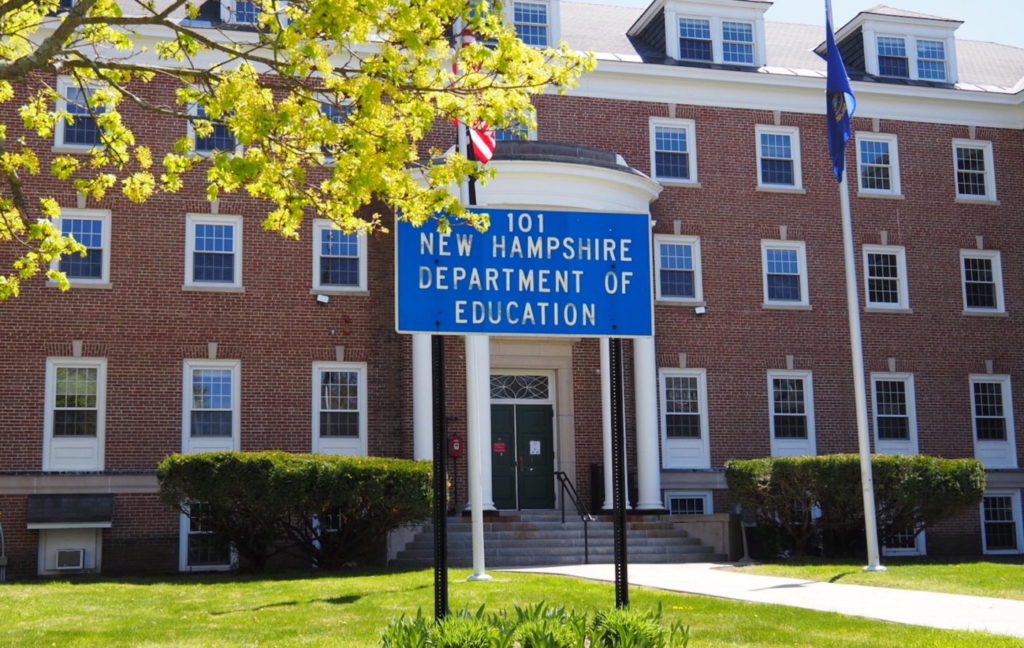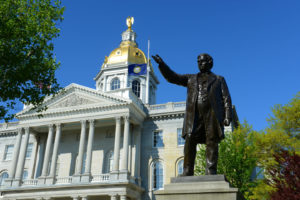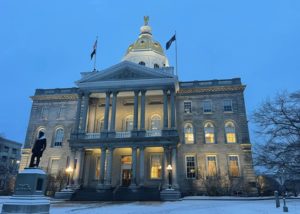New Hampshire’s education accounts ‘exceed’ expectations
(The Center Square) – The number of students taking advantage of the state’s new educational freedom program has doubled since it was launched a year ago – along with the costs to taxpayers,…

(The Center Square) – The number of students taking advantage of the state’s new educational freedom program has doubled since it was launched a year ago – along with the costs to taxpayers, according to newly released state data.
The state Department of Education said as of September there were 3,025 students in the program – which diverts taxpayer dollars for students to attend private schools and homeschooling – compared to 1,572 in the previous school year, when it was launched.
Education Commissioner Frank Edelblut said the program is growing at a pace “faster than expected” but is giving thousands of students the option to attend a school of their choice.
“While it has exceeded our expectations, it is exciting and encouraging to know that New Hampshire families now have the opportunity to determine the best educational pathways for their children, and that economically disadvantaged students will also have various options to fit their personal learning needs,” he said in a statement.
Roughly 27% of the students enrolled in the program for this school year came from public schools, according to the Education Department. The remainder were home-schooled, attended private schools or were attending school for the first time.
Along with the rising enrollment the state’s education costs are also steadily rising, the data shows. This year, the state will tap into $14.7 million from the state’s Education Trust Fund, which contains reserve funds for the program, according to state education officials. Last year, the state spent about $8 million on the program.
New Hampshire is one of at least 10 states that have authorized the use of educational freedom accounts for private schooling, according to the Josiah Bartlett Center.
Under the law, public school dollars follow K-12 students if they decide to attend private or charter schools. Families apply for annual grants ranging from $4,000 to $8,000 per student.
According to the program’s eligibility limits, participants must be making under 300% of the federal poverty level, or $79,500 for a family of four.
The program is administered by the Children’s Scholarship Fund, a private, nonprofit organization that works under contract with the state.
Supporters of the new law say it will provide more opportunities for students who don’t want to attend public schools, and ultimately save the state money.
Critics say the new law will siphon limited money and resources from traditional public schools. Teachers unions have challenged the law in court, arguing that plan will force cities and towns to raise property taxes to make up for the loss of state funding.
Education reform advocates who pushed for the changes disagree, argue the move will benefit public and private schools and improve overall educational outcomes.
Supporters also claim the program is saving taxpayers money, arguing that if the current 3,025 participants went to public school, taxpayers would have to pay a combined $64.7 million per year, given the average public school costs of $21,386 per year.



